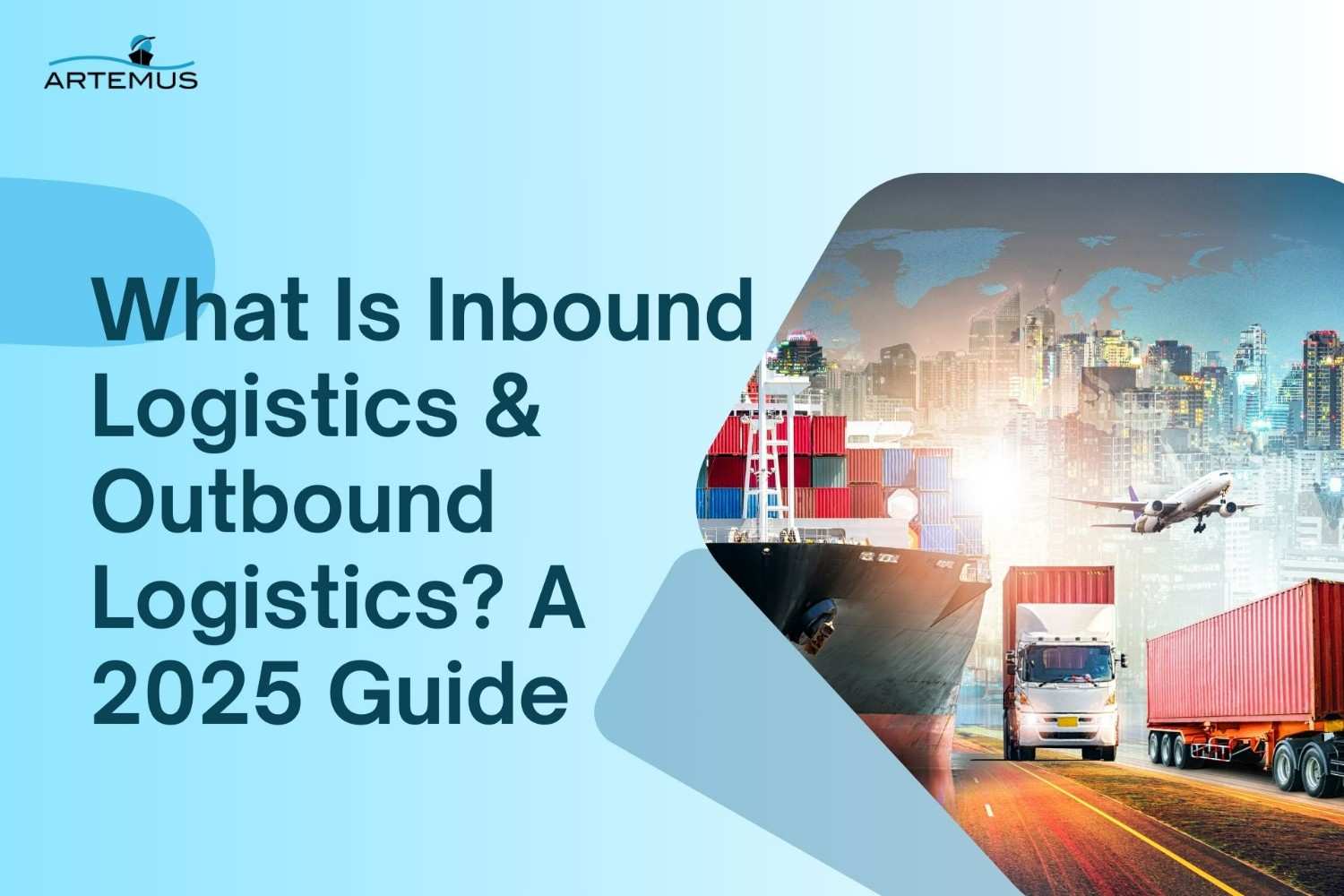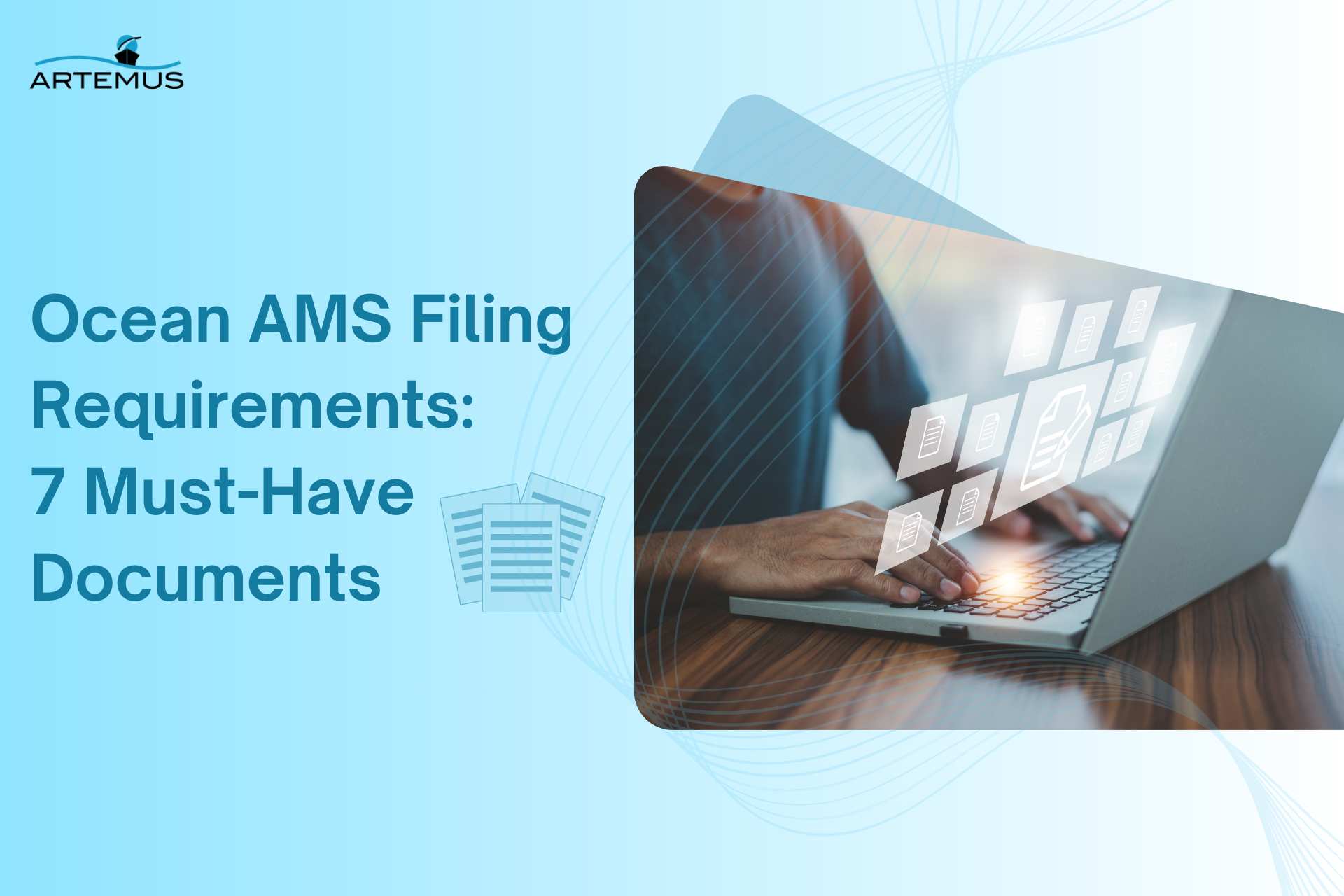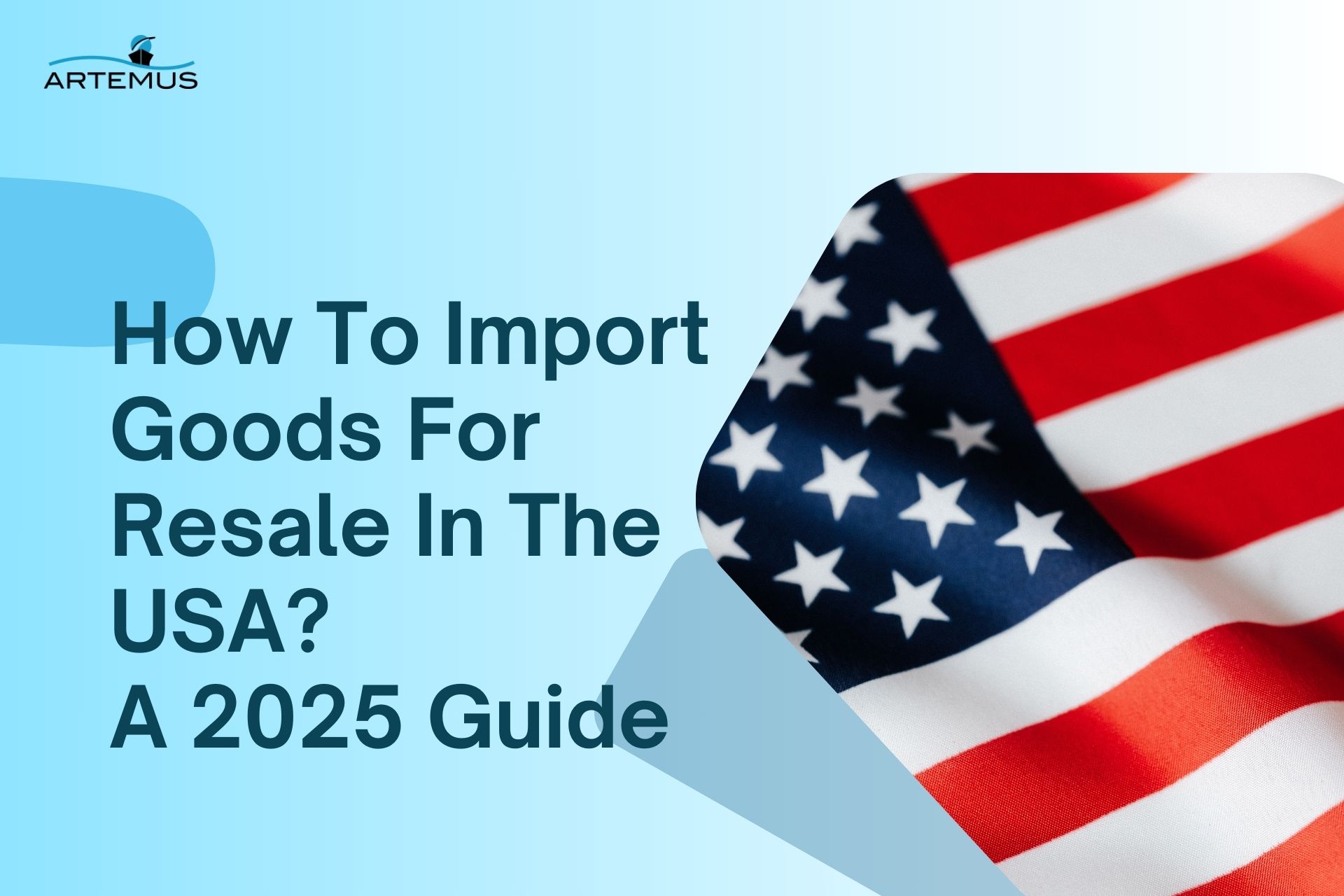
What Is Inbound Logistics & Outbound Logistics? A 2025 Guide
In the dynamic world of supply chain management, understanding the nuances of inbound and outbound logistics is crucial for operational

In the realm of international shipping, adhering to customs regulations is paramount. The Automated Manifest System (AMS) and its filing requirements play a crucial role in ensuring smooth customs clearance and efficient trade operations. Understanding the nuances of Ocean AMS filing requirements is essential for businesses and professionals involved in ocean freight transportation.
In this blog, we unlock the intricacies of Ocean AMS filing requirements, unraveling the key information, documents, and steps involved in the process. Whether you’re a seasoned industry player or new to the world of international trade, this comprehensive guide will equip you with the knowledge and insights needed to navigate the complexities of compliance.
Artemus provides a comprehensive AMS software solution that offers full support for AMS compliance.
Table Of Contents
Understanding Ocean AMS (Automated Manifest System) is crucial for businesses involved in international shipping and maritime transportation. Ocean AMS is an electronic system utilized by customs authorities to collect and manage data regarding cargo shipments entering or departing a country via ocean vessels. Its main objective is to enhance border security and streamline customs operations by ensuring accurate and timely information on cargo.
Ocean AMS enables customs officials to conduct risk assessments, facilitate efficient clearance processes, and ensure compliance with regulatory requirements. By understanding the ins and outs of Ocean AMS, businesses can navigate the complexities of international trade more effectively and ensure smooth and compliant operations.
Related: AMS Filing Penalty Cost: Most Common Pitfalls & Solutions
Ocean AMS (Automated Manifest System) filing requirements are essential for businesses engaged in ocean freight transportation. These requirements dictate the information that must be submitted to customs authorities prior to the arrival or departure of cargo on an ocean vessel.
Compliance with these filing requirements is crucial to ensure smooth customs clearance and avoid delays or penalties. The specific details and documents required for Ocean AMS filing may vary based on the country’s regulations but typically include:

It’s important to note that these are general requirements, and additional documents or information may be necessary depending on the specific regulations of the country of origin and destination. Adhering to the Ocean AMS filing requirements and ensuring the accuracy and completeness of the provided information is vital for successful and compliant international shipping operations.
Related: AMS Filing Requirements For Importers, Carriers, & NVOCCs
The process of Ocean AMS (Automated Manifest System) filing involves several steps to ensure the accurate and timely submission of cargo information to customs authorities. Here is a step-by-step overview of the Ocean AMS filing process:
It is important to note that the exact steps and procedures for Ocean AMS filing may vary depending on the country and specific customs requirements. Working closely with freight forwarders, shipping agents, or customs brokers can help streamline the process and ensure compliance with the filing requirements.
Related: From Start To Finish: How To File AMS For USA Shipments?
Ocean AMS (Automated Manifest System) filing plays a crucial role in international shipping, but it is not without its challenges and pitfalls. Understanding and addressing these common issues can help businesses navigate the Ocean AMS filing process more effectively. Here are some challenges and pitfalls to be aware of:
Addressing these challenges requires careful attention to detail, effective communication among stakeholders, and utilizing reliable data management systems. Working closely with experienced freight forwarders, customs brokers, or shipping agents can also help navigate the complexities of Ocean AMS filing and mitigate potential pitfalls.
Related: AMS Filing Requirements For Importers, Carriers, & NVOCCs
Streamlining Ocean AMS filing processes is crucial for efficient international trade operations, and Artemus AMS software provides a comprehensive solution. With its advanced features and user-friendly interface, Artemus AMS software simplifies and automates the filing process, saving time and minimizing errors. This software enables businesses to seamlessly enter and manage data, ensuring accuracy and compliance with customs regulations.
From generating required documents to validating data consistency, Artemus AMS software streamlines the entire filing workflow, eliminating manual errors and reducing the risk of delays or penalties. By leveraging Artemus AMS software, businesses can optimize their Ocean AMS filing processes, enhance operational efficiency, and maintain smooth customs clearance.
Related: How To File AMS For USA Shipments? From Start To Finish
To file AMS, you need essential documents such as the Bill of Lading, Commercial Invoice, Packing List, Container Status Message (CSM), Hazardous Material Documentation (if applicable), Booking Confirmation, and Export License or Permit (if applicable).
AMS (Automated Manifest System) in ocean shipping is an electronic system used for collecting and managing cargo information, including shipment details, consignee and shipper information, and container details. It facilitates efficient customs processing and risk assessment for international ocean shipments.
An AMS filing refers to the submission of electronic cargo information to customs authorities through the Automated Manifest System (AMS). It provides essential details about the shipment, such as consignee and shipper information, cargo description, and container details, facilitating risk assessment and efficient customs processing.

Navigating the Ocean AMS filing requirements is a critical aspect of international shipping and trade compliance. By understanding the significance of Ocean AMS and mastering the filing process, businesses can ensure seamless customs clearance, minimize delays, and avoid penalties. Throughout this blog series, we have explored the essential information, documents, and steps involved in Ocean AMS filing, empowering you with the knowledge to navigate compliance with confidence.
From the importance of data accuracy to the challenges and best practices, we have covered key aspects of Ocean AMS filing. By staying updated on regulatory changes, implementing robust data management systems, and collaborating with trusted partners, businesses can streamline their operations and achieve compliance.
Related: A Quick Guide On Import Security Filing: What Is ISF?

In the dynamic world of supply chain management, understanding the nuances of inbound and outbound logistics is crucial for operational

In today’s interconnected world, businesses rely heavily on global trade to expand their markets, access new resources, and drive growth.

Importing goods for resale in the USA presents a lucrative business opportunity, but navigating the complexities of U.S. customs regulations,
Get In Touch
Artemus’ Software Solutions for ISF, AMS, Japan AFR, eManifest Canada, & Panama B2B filings.